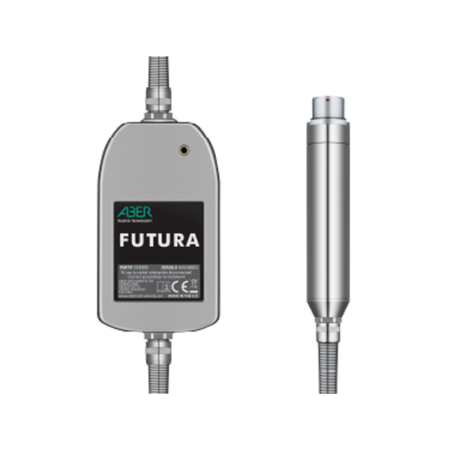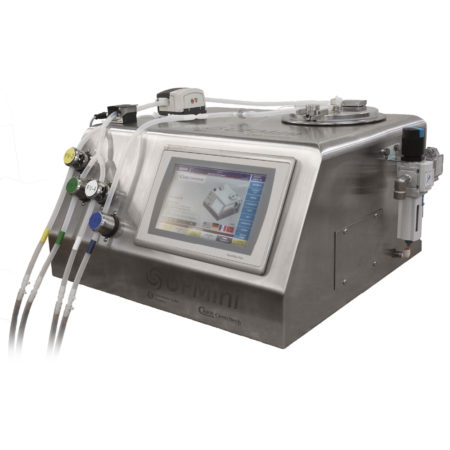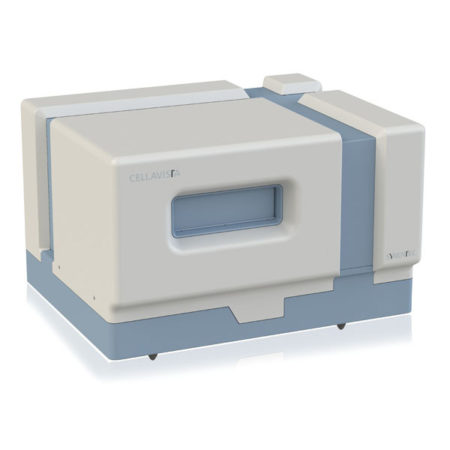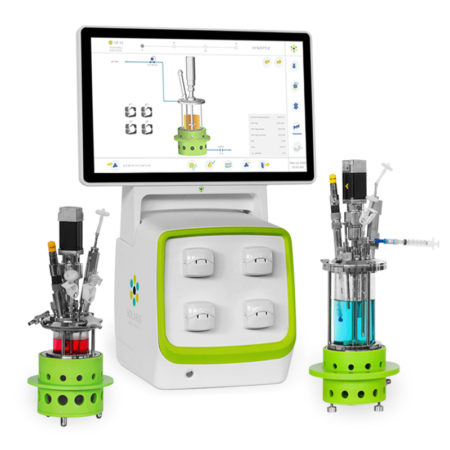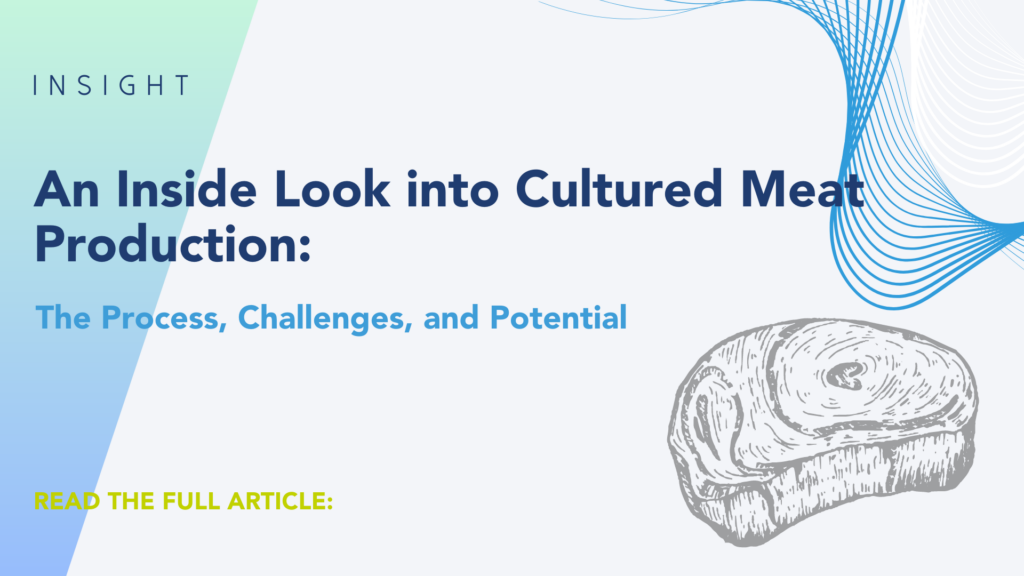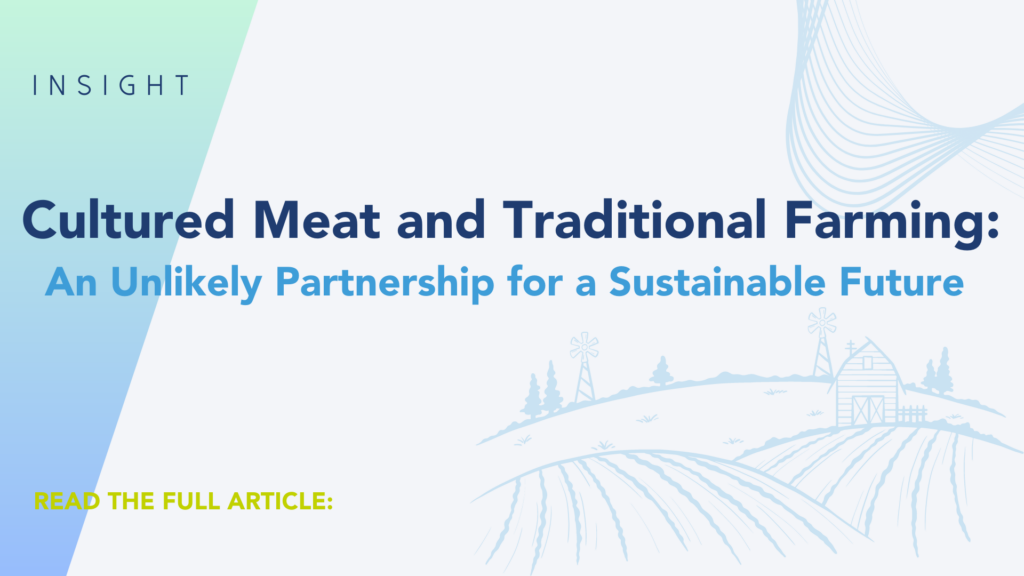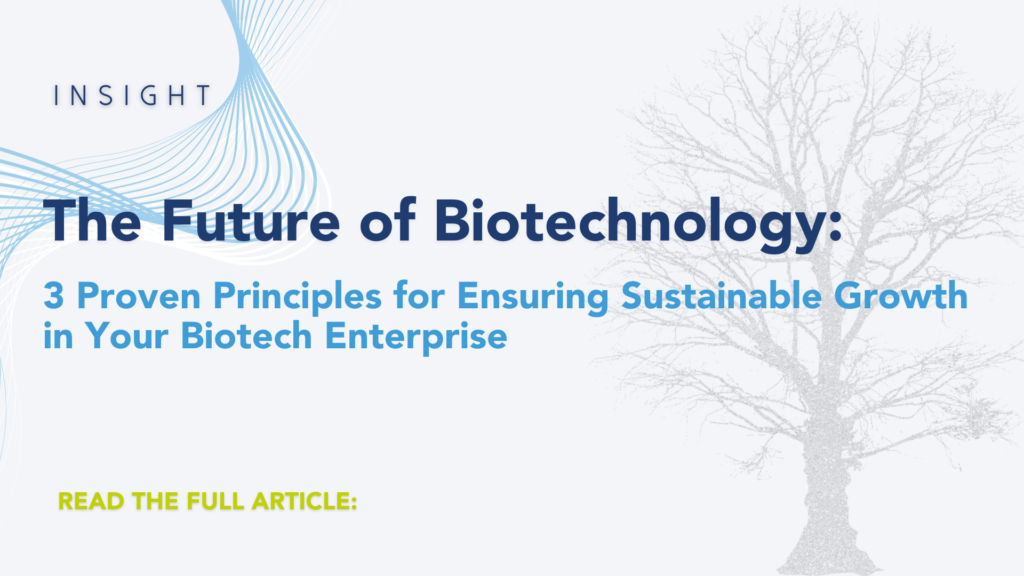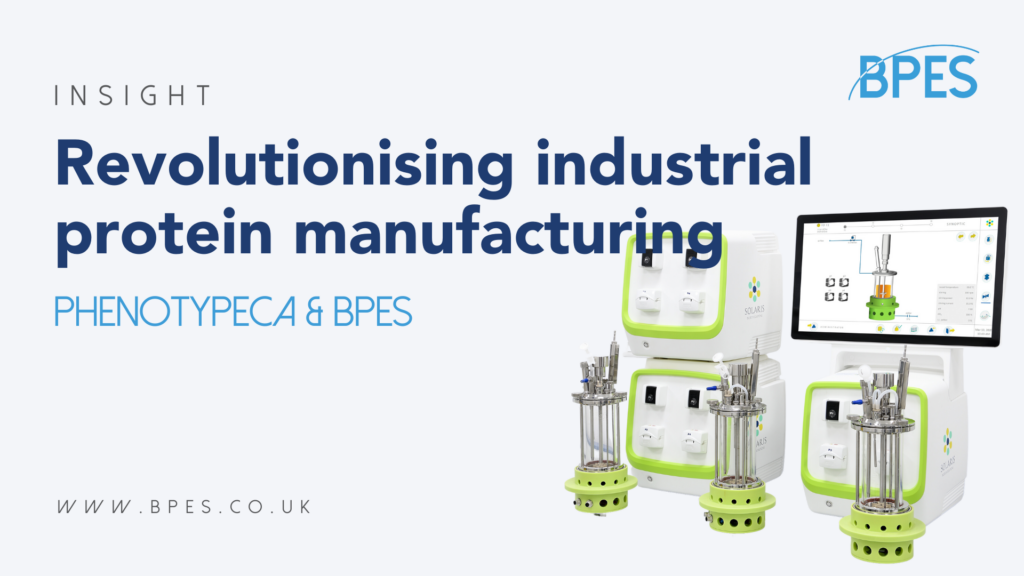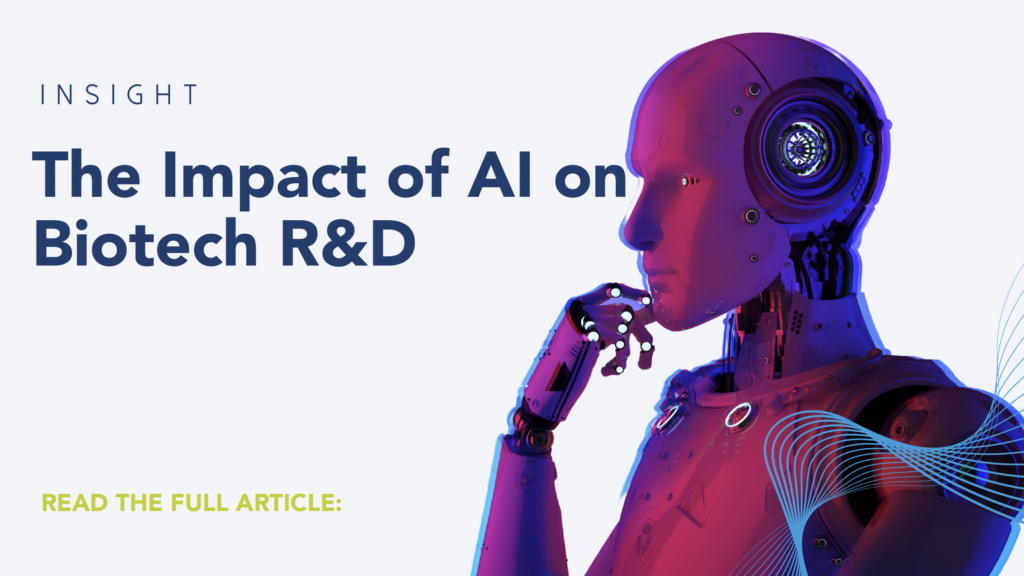
Affordable Meat for the Masses
The ecological implications of the global livestock industry are more than just daunting. Accountable for over a third of all global greenhouse gas emissions caused by human activity, the way we produce, process and package our meat accounts for more than all our cars, trains, ships and planes combined[1]. Responsible alternatives to the factory farming system have been explored with Cellular Agriculture at the forefront. Concentrating on the production of agricultural harvests made from cell cultures using a combination of biotechnology, tissue engineering, molecular biology and synthetic biology, the three main forms of Cellular Agriculture are: (i) Microbial Fermentation, (ii) Plant Fibres and (iii) cultured meat.
HOW CULTURED MEAT IS MADE
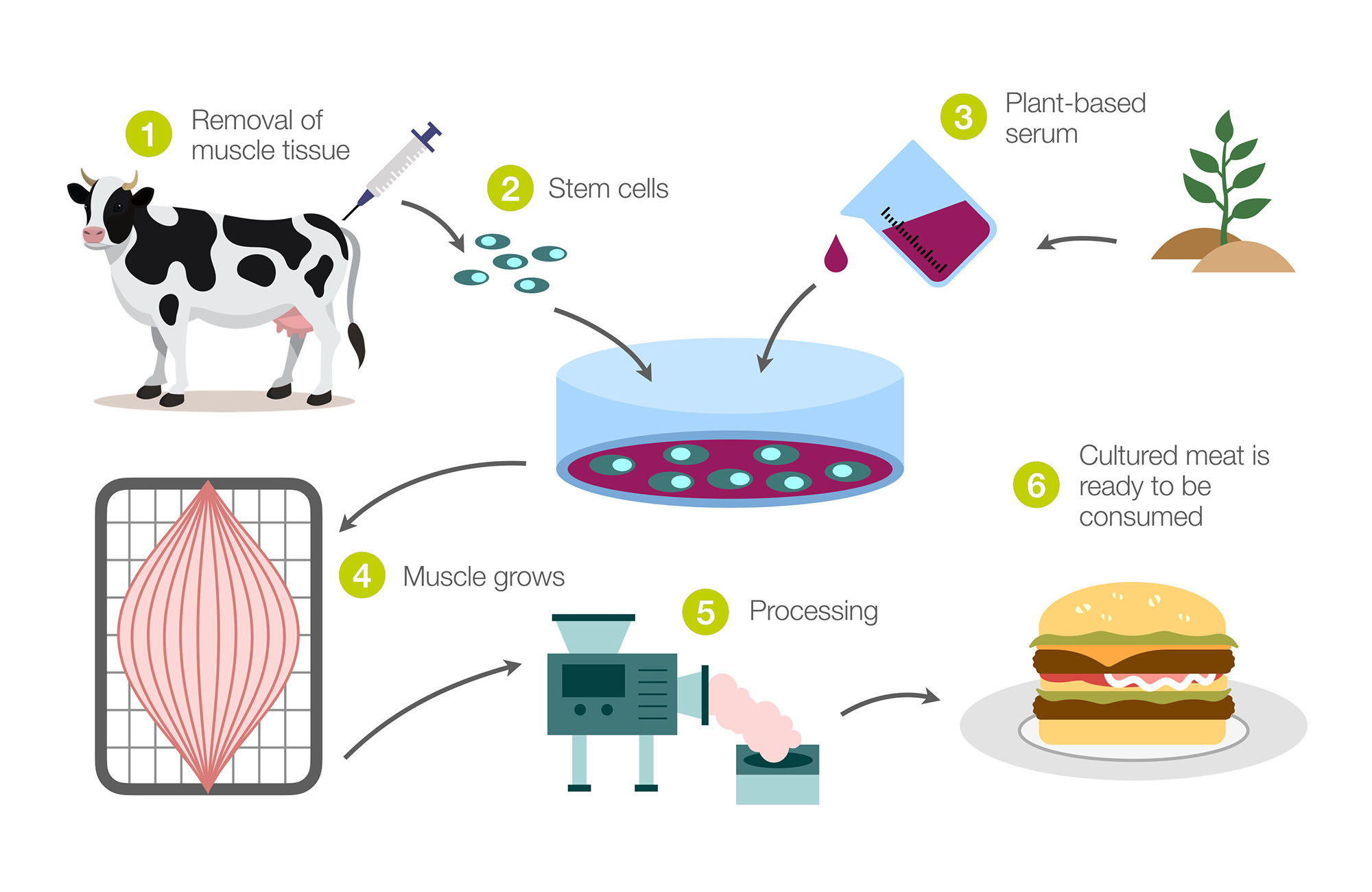
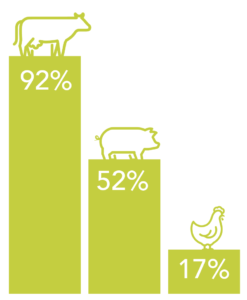 A 2011 study conducted by the University of Oxford found that switching to cultured meat allows production of the same amount of meat in factories on 1% of the land currently used for ‘factory farming’. Cultured meat produces 78-96% lower greenhouse gas emissions and also uses around 90% less water.
A 2011 study conducted by the University of Oxford found that switching to cultured meat allows production of the same amount of meat in factories on 1% of the land currently used for ‘factory farming’. Cultured meat produces 78-96% lower greenhouse gas emissions and also uses around 90% less water.
The predicted overall carbon footprint of a cultured beef industry catering to the global market is significantly lower than the carbon footprint of the current livestock farming system: roughly 92% lower than beef, 52% lower than pork and 17% lower than chicken.
A cultured meat industry could help to significantly reduce animal cruelty and suffering, which is prevalent in some markets with poor quality farming practices. Only small samples of quality tissue are removed through a biopsy operation. Those same samples can be maintained and cultivated for generations[4]. This cultured meat (sometimes referred to as ‘Clean Meat’, ‘Lab Meat’ or ‘Slaughter-Free Meat’…) uses a matrix of collagen seeded with muscle cells which is then bathed in a nutritious solution to induce division and growth. First envisioned by Dutch researcher Willem van Eelen in the 1950’s, this cell agriculture process uses a tissue engineering technique traditionally used in regenerative medicine.
Cultured meat production today tends to take place under microscopes with lab technicians present at every step, but work is on-going across many industry participants towards a more streamlined (and feasible) process. For example, Israeli startup ‘ProFuse’ attempts to mitigate cultured meat production issues by successfully using a novel medium supplement for cell growth[5].
Finding a comfortable balance between sustainability and affordability, however, remains key and is finally now within grasp: Sustainable energy sources powering large-scale production would bring down both emissions and production costs. As mentioned earlier, cultured meat needs raw materials such as muscle cells, collagen matrixes, scaffolds and, particularly, specialised bioprocessing technology. At BPES, we support the cultured meat industry at lab and production scale to help create affordable cultured meat for the global market. At the front end SYNENTEC’s high throughput imagers are a great fit in order to verify cell line stability, then for people looking to produce material for proof of concept in the lab, we have solutions proven in the field of cellular agriculture including bioreactors from Solaris Biotech, continuous centrifuges from CARR Biotech and ABER’s Futura online Biomass Sensors. Each of these technologies are scalable through to full scale manufacturing. In orderto make the process affordable in the long run, the production of cultured meat will need to be a continuous process – for this BPES’ has partnered with MTI BioScience who provide Continuous Thermal Sterilisers (CTS). A key component in stable continuous processing of cultured meat production is the supply/replenishment of fresh media. CTS yields the highest quality, most functional and void-of-variation media. The cell-agri focus from leading equipment vendors like Solaris, CARR Biotech and ABER will increase the development and research in this essential growth area.
These are solutions to production level challenges, however, central to the launch of what is to be a revolutionary industry, are consumer concerns and trends.
In terms of taste, there is the “it just doesn’t taste the same” concern: being able to change people’s preferences and sentiments when farmstock meat-eating has been around since the dawn of time, may prove to be difficult, however recent cultured meat ‘blind taste tests’ have proved successful[6]: Participants in a Tel Aviv event struggled to tell samples apart.
Often linked to plant-based meats in the market, cell-grown meat has the advantage of actually being meat. An example of a successful plant meat company is Juicy Marbles – a vegan & plant-based food producer that produces and supplies fillet and tenderloin steaks. They are now planning to sell to supermarkets, broadening their market from artisanal grocers and restaurants, and finally transitioning from B2B to B2C. While the plant-based industry has done well, they do not have the key benefit of cultured meat: Plant-Based Meat is not meat, Cultivated Cell Meat – quite simply – is.
Further challenges, as with all industries, include keeping CO2 emissions down during the production process as well as overall production costs. The effect on the farming industry will involve a reduction in livestock sizes, allowing farmers to double down on maintaining their select few herds in a healthy, organic and kinder way[7]. The future of agriculture will likely involve livestock farmers and cultured meat labs working together, with several institutions currently researching ways that the two industries can support one another[8].
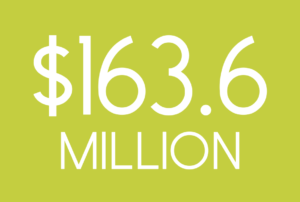 Valued at USD 163.6 million in 2021, the global cultured meat Market size is anticipated to expand at a compound annual growth rate of 11.4% between 2022 and 2028. The growing preference for in-vitro meat to fulfil the demand for vitamins and nutrients such as Omega 3 Fatty Acids and Protein is expected to fuel cellular agriculture industry growth[9]. Given how there has already been a move globally to cut down CO2 emissions, even in developing nations, a move towards a sustainable future involving cultured meat is likely.
Valued at USD 163.6 million in 2021, the global cultured meat Market size is anticipated to expand at a compound annual growth rate of 11.4% between 2022 and 2028. The growing preference for in-vitro meat to fulfil the demand for vitamins and nutrients such as Omega 3 Fatty Acids and Protein is expected to fuel cellular agriculture industry growth[9]. Given how there has already been a move globally to cut down CO2 emissions, even in developing nations, a move towards a sustainable future involving cultured meat is likely.
Consumers today demand more sustainable, healthier, kinder and alternative products than their predecessors, and the cultured meat industry is perfectly positioned to benefit from that shift. Projected to reach USD 2.78 Billion By 2031[10], the cultured meat industry promises innovation that will revolutionise an industry that has a large ongoing impact on the environment, health and animal welfare. This is the next big step towards a responsible and sustainable human future.
[1] https://news.un.org/en/story/2021/03/1086822
[2] https://www.sciencedaily.com/releases/2011/07/110714101036.htm
[3] https://www.fastcompany.com/90612190/whats-the-carbon-footprint-of-lab-grown-meat
[4] https://link.springer.com/article/10.1007/s10806-019-09759-2
[5] https://www.timesofisrael.com/spotlight/affordable-lab-grown-meat-is-coming-closer-to-your-plate/
[6] https://time.com/6140206/cultivated-meat-passes-the-taste-test/
[7] The Global Impact of Cultured Meat on Agriculture and Farming (challenge.org)
[8] https://www.sheffield.ac.uk/sustainable-food/news/cultured-meat-threat-or-opportunity-uk-farmers
[9] https://www.grandviewresearch.com/industry-analysis/cultured-meat-market-report
[10] Market Allied Market Research https://menafn.com/1104544707/Cultured-Meat-Market-Projected-To-Reach-Approximately-USD-278-Billion-By-2031-Allied-Market-Research

Article by:
Emma Craughan
Head of Sales
E. ecraughan@bpes.co.uk


